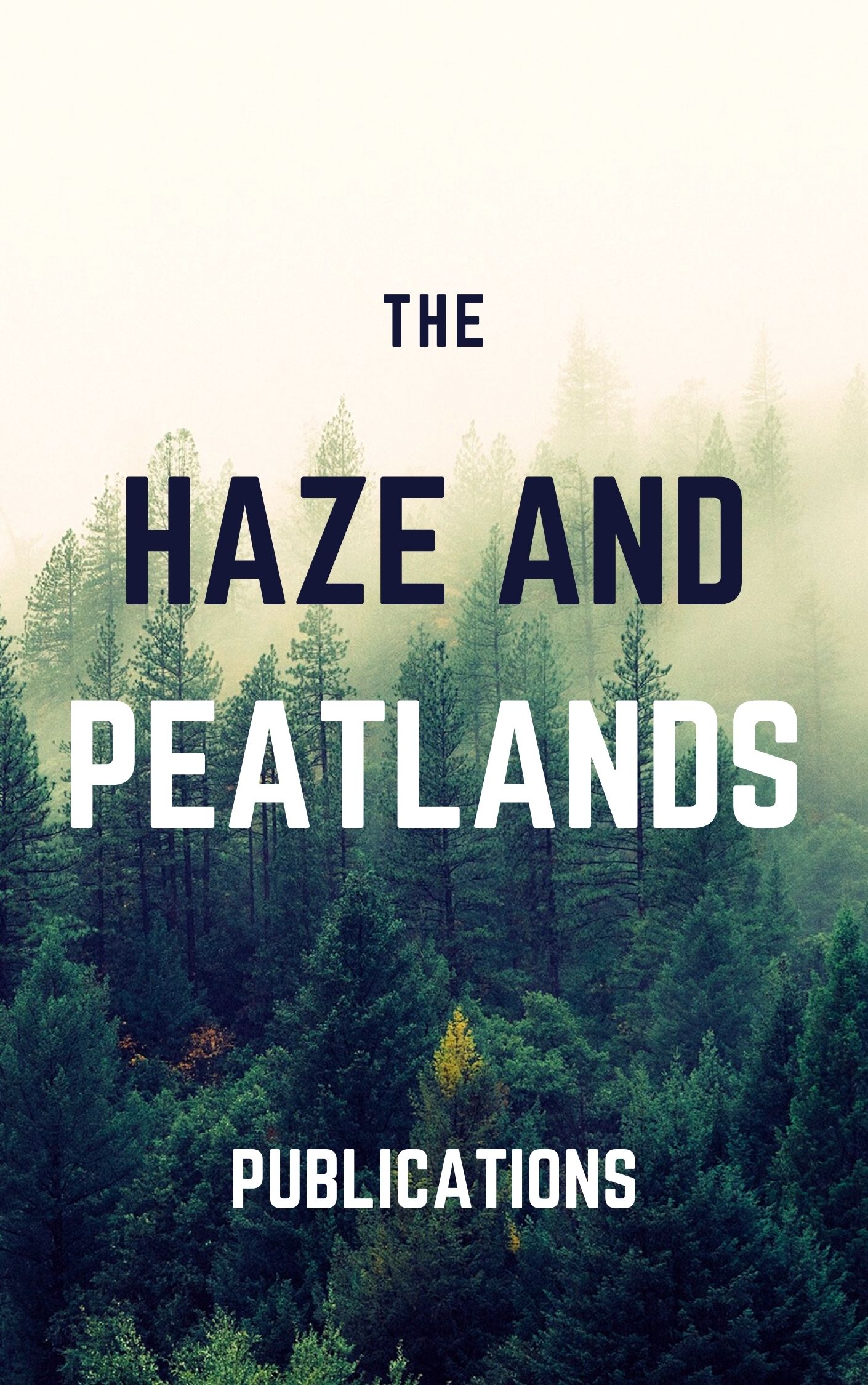Plant and bird diversity in the Indonesian jungle rubber agroforestry system was compared to that in primary forest and rubber plantations by integrating new and existing data from a lowland rain forest area in Sumatra. Jungle rubber gardens are low-input rubber (Hevea brasiliensis) agroforests that structurally resemble secondary forest and in which wild species are tolerated by the farmer. As primary forests have almost completely disappeared from the lowlands of the Sumatra peneplain, our aim was to assess the contribution of jungle rubber as a land use type to the conservation of plant and bird species, especially those that are associated with the forest interior of primary and old secondary forest. Species-accumulation curves were compiled for terrestrial and epiphytic pteridophytes, trees and birds, and for subsets of 'forest species' of terrestrial pteridophytes and birds. Comparing jungle rubber and primary forest, groups differed in relative species richness patterns. Species richness in jungle rubber was slightly higher (terrestrial pteridophytes), similar (birds) or lower (epiphytic pteridophytes, trees, vascular plants as a whole) than in primary forest. For subsets of 'forest species' of terrestrial pteridophytes and birds, species richness in jungle rubber was lower than in primary forest. For all groups, species richness in jungle rubber was generally higher than in rubber plantations. Although species conservation in jungle rubber is limited by management practices and by a slash-and-burn cycle for replanting of about 40 years, this forest-like land use does support species diversity in an impoverished landscape increasingly dominated by monoculture plantations. © 2007 Springer Science+Business Media, Inc.
View source

